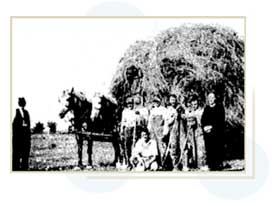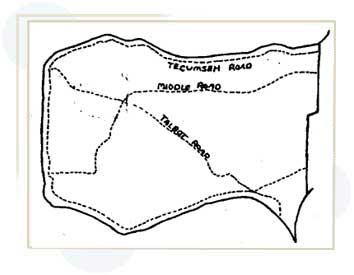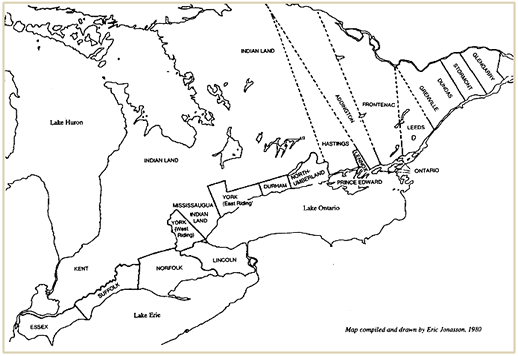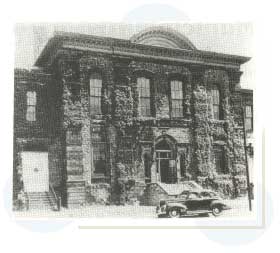- The first Europeans to settle in Essex County were French. Former soldiers from Fort Pontchartrain or Fort Detroit crossed the Detroit River about 1747 and began settling in Amherstburg, Sandwich and on the banks of Turkey Creek.

- Indigenous communities were already present, with the Wyandot and Huron people near present-day Amherstburg and the Ottawa people near present-day Windsor. Many French settlers married Indigenous women and many residents living in Essex County today can trace their roots to Pottawatomie, Ojibway, Ottawa or Wyandot ancestry. Essex County also has a significant Francophone population.
- Sandwich grew under the protection of Fort Detroit and the Mission at Sandwich was the foundation for the present parish at Assumption. The settlement around Turkey Creek became known as Petite Cote because it had a smaller coast compared to the U.S. side. It is now known as LaSalle.
- In the late 1700s, French trappers and traders began settling on the shores of Lake St. Clair in what is now Lakeshore.




